Teresa Lyons
Advisor: Shawn Bailey
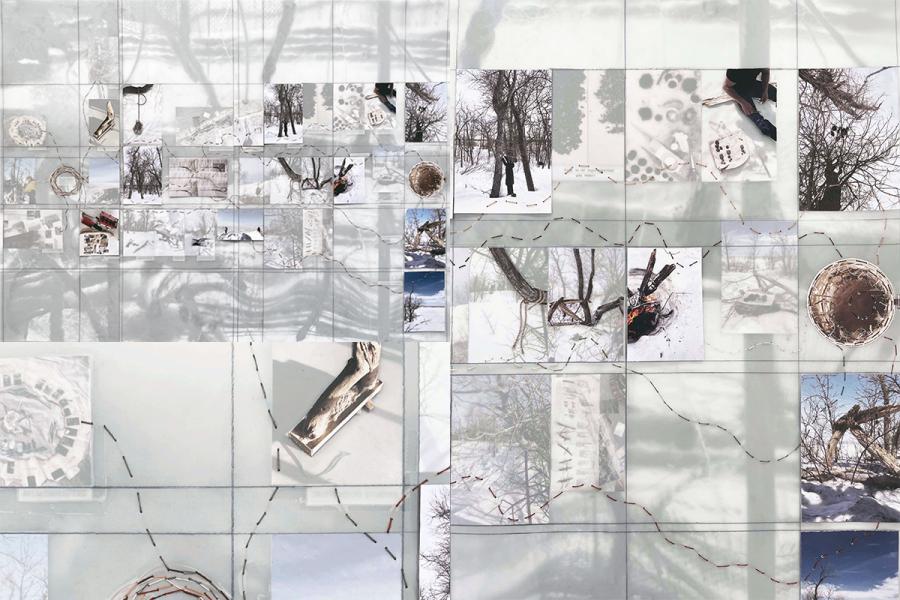
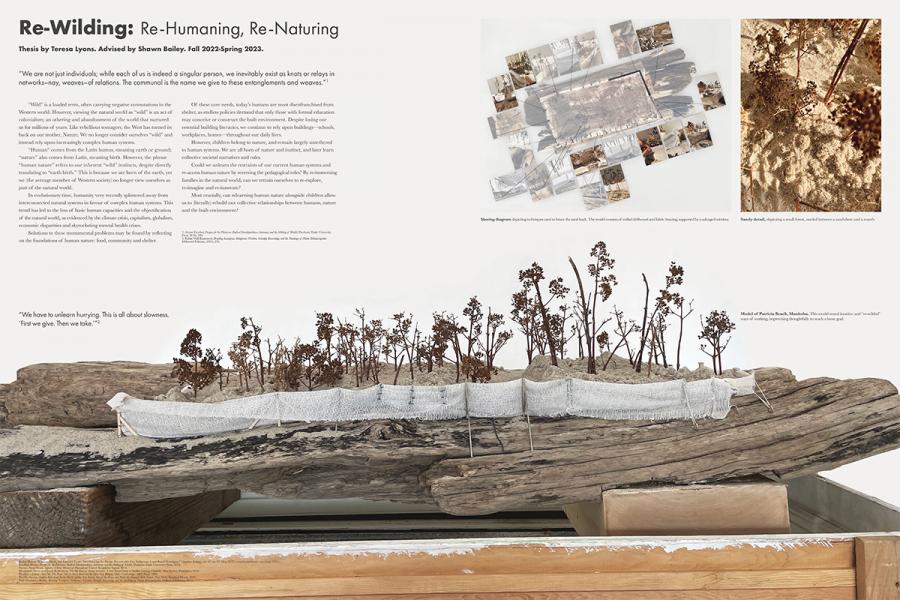
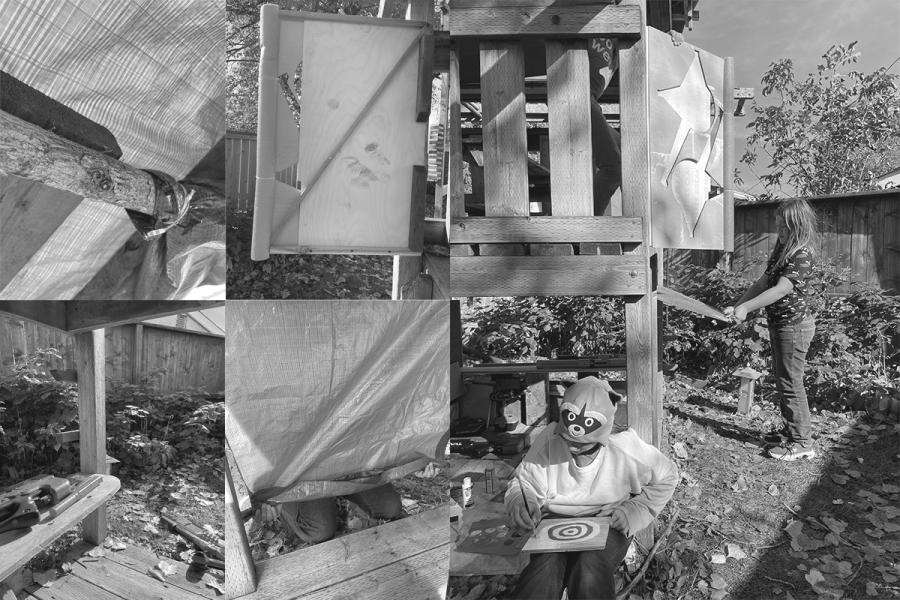
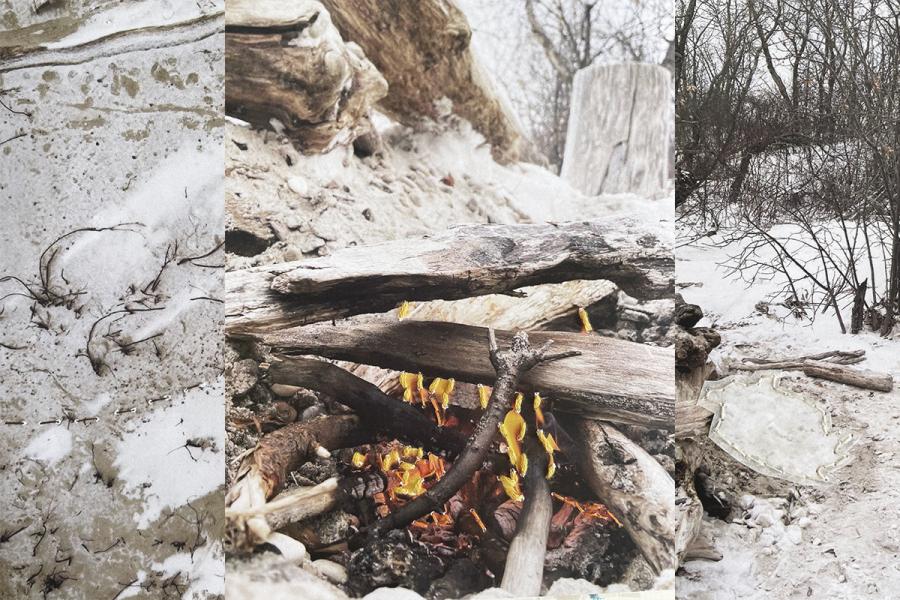
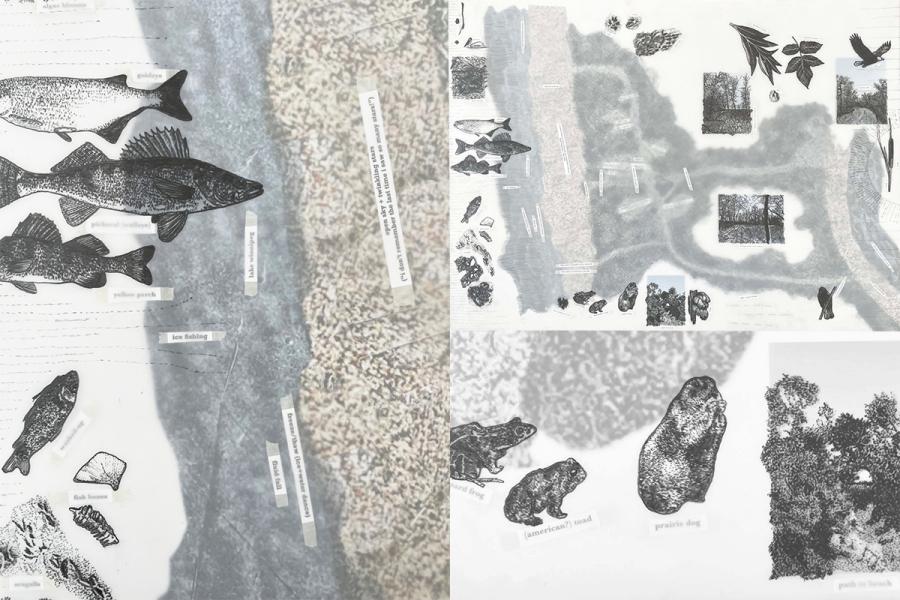
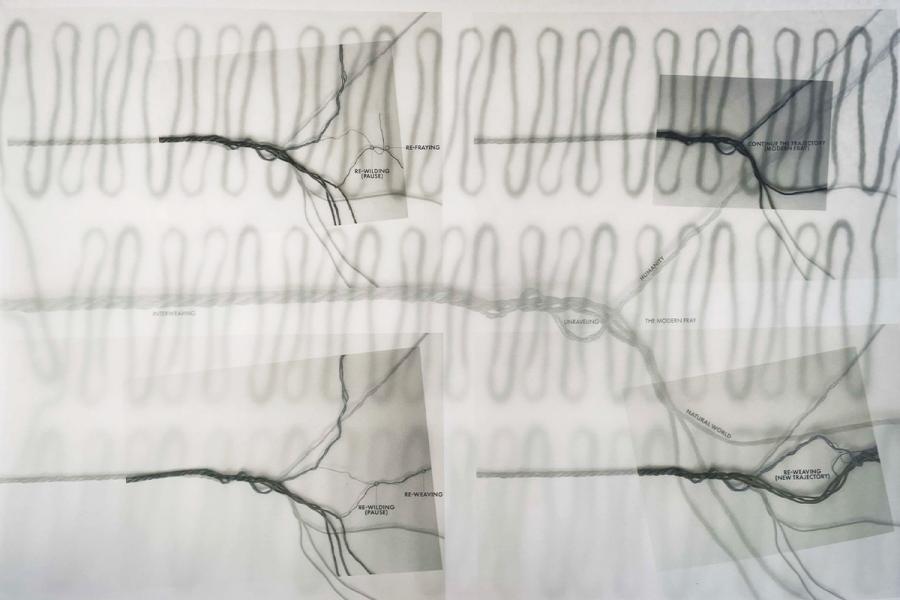

Re-Wilding: Re-Humaning, Re-Naturing
“We are not just individuals; while each of us is indeed a singular person, we inevitably exist as knots or relays in networks–nay, weaves–of relations. The communal is the name we give to these entanglements and weaves.”– Arturo Escobar
“Wild” is a loaded term, often carrying negative connotations in the Western world. However, viewing the natural world as “wild” is an act of colonialism; an othering and abandonment of the world that nurtured us for millions of years.
Within this thesis, “re-wilding” does not refer to ecological conservation. Instead, the thesis explores the human and how contemporary social systems often sever us from the natural world–our “natural habitat,” wherein beings co-exist in complex, reciprocal and interdependent webs–and our innate design abilities. Generally, we accept the social norms that govern every aspect of our lives without question; we are taught how to behave and what to aspire towards. These expectations undoubtedly serve society in many ways, but what evolutionary traits do we repress when conforming to today’s broader expectations?
Understanding indeterminacy through playing, exploring, designing and building with children was an essential foundation. We are born with only instincts, later learning collective societal narratives and rules; in this way, children belong to nature and remain largely untethered to human systems. Can relearning human nature alongside children allow us to (literally) rebuild our collective relationships between humans, nature and the built environment? Dropping all negative connotations of the word “wild” and redefining it as honest, humble, relational and of place, how can we re-wild ourselves? Can doing so help increase our empathy for other beings and improve architecture’s relationship to material and place?
Site explorations quickly focused on Patricia Beach Provincial Park, a quiet beach on the south shores of Lake Winnipeg. The thesis did not result in an architectural object but a process of understanding place and developing storied relationships yielding frequent site visits, drawings, models, constructions, reflections, and speculations. Direct conflict arose between the beauty of this uncontrollable place and the human need to control territory, leaving the project to reach a critical crossroads. Had abstracted human systems and the real, natural world become too distant to reconcile?
At this point, I realized Re-Wilding isn’t about the contrast between human and natural systems; it’s about story–the uniquely human, abstract space that gifts us teachings, marrying natural and human worlds. Story is a being kept alive through participation, repetition, time and patience, and we connect to place when we share a story with it. There are individual and collective layers to story; memories I have at Patricia Beach, moments I’ve shared with others, and collective memories and associations of the place.
In summary, Re-Wilding is a process of re-approaching and decolonizing architecture. Many of us have lost touch with our human nature and rely upon human systems; we’ve forgotten our innate skill to play, imagine and improvise. As a projection of human systems, architecture is increasingly distant from the natural world–broadly speaking, Western architecture has failed to keep place and story alive. Architecture increasingly relies on abstracted technology to address sustainability and climate issues—what if we instead turned inwards to ourselves and the collective to shift culture? Would we design with more meaning to create storied architecture, responsive and of place?
